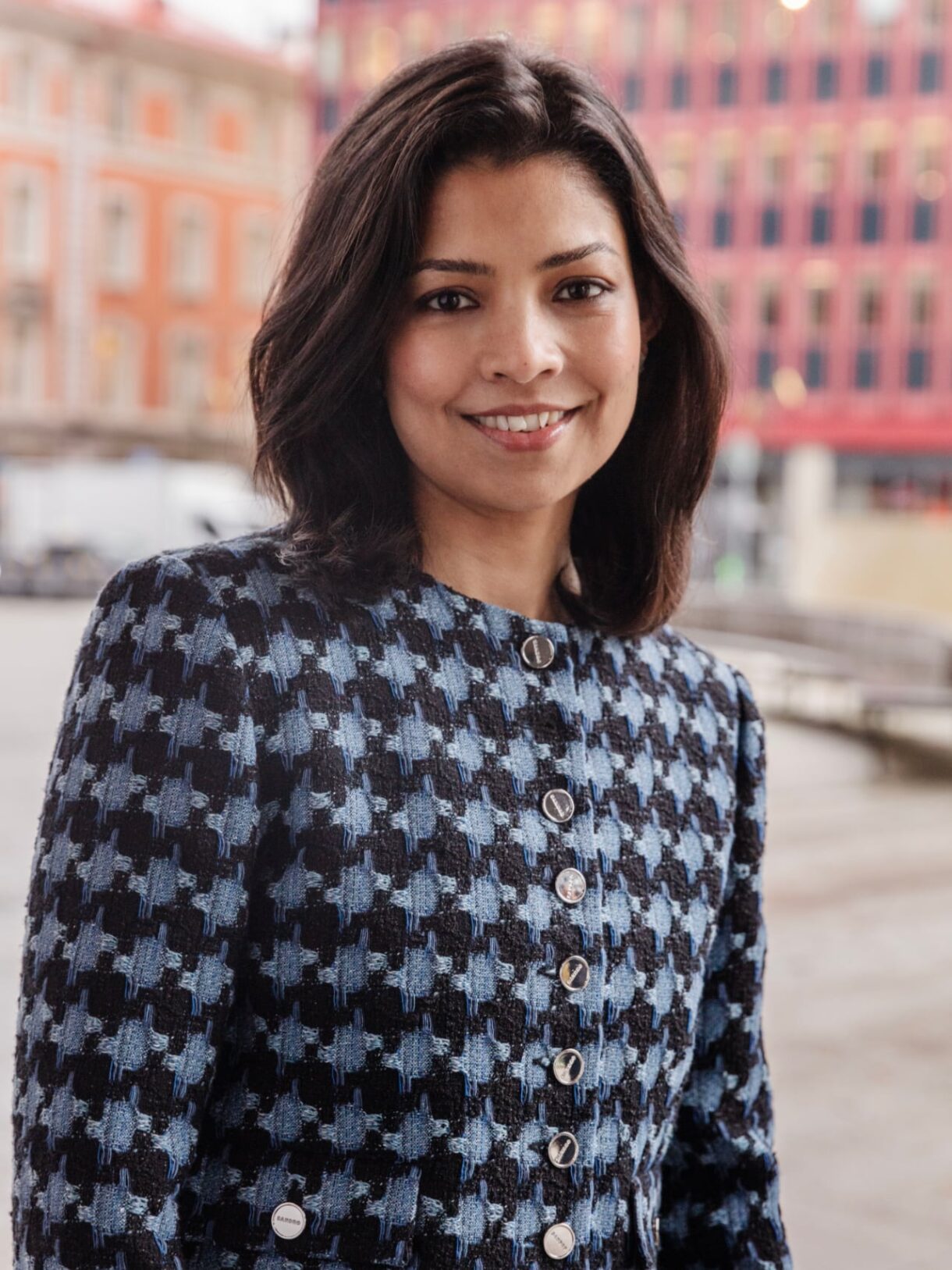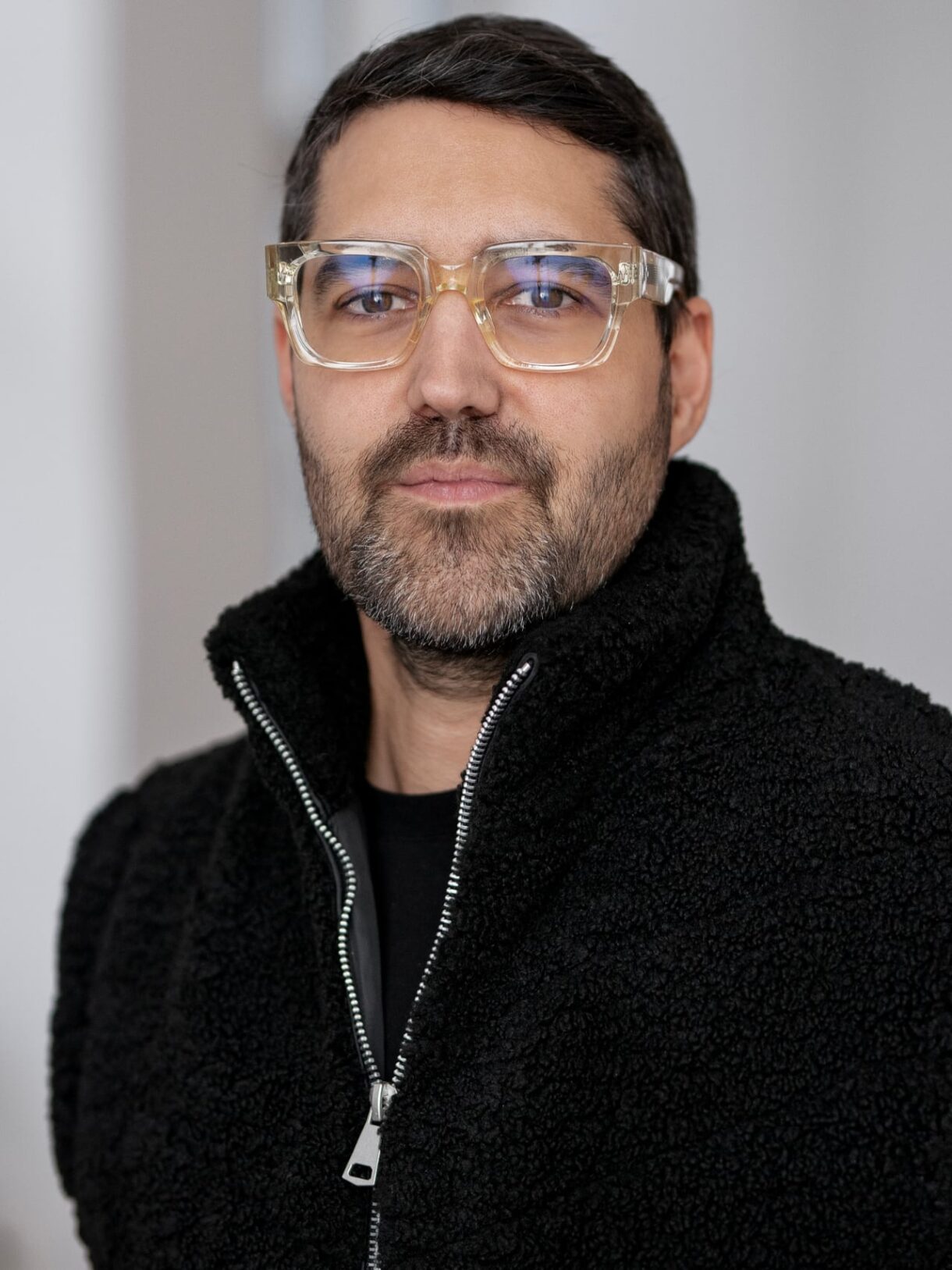The perfect mix
Creative duo, PJ Lindqvist and Jenny Åberg Hüttner have worked together for almost two decades, firstly for advertising agencies and then at Spotify before moving to The Absolut Group’s in-house creative agency, The Mix Stockholm. We caught up with both PJ and Jenny to learn a little more about The Mix and how they come up with brilliant campaigns that get us noticed and make a stand.
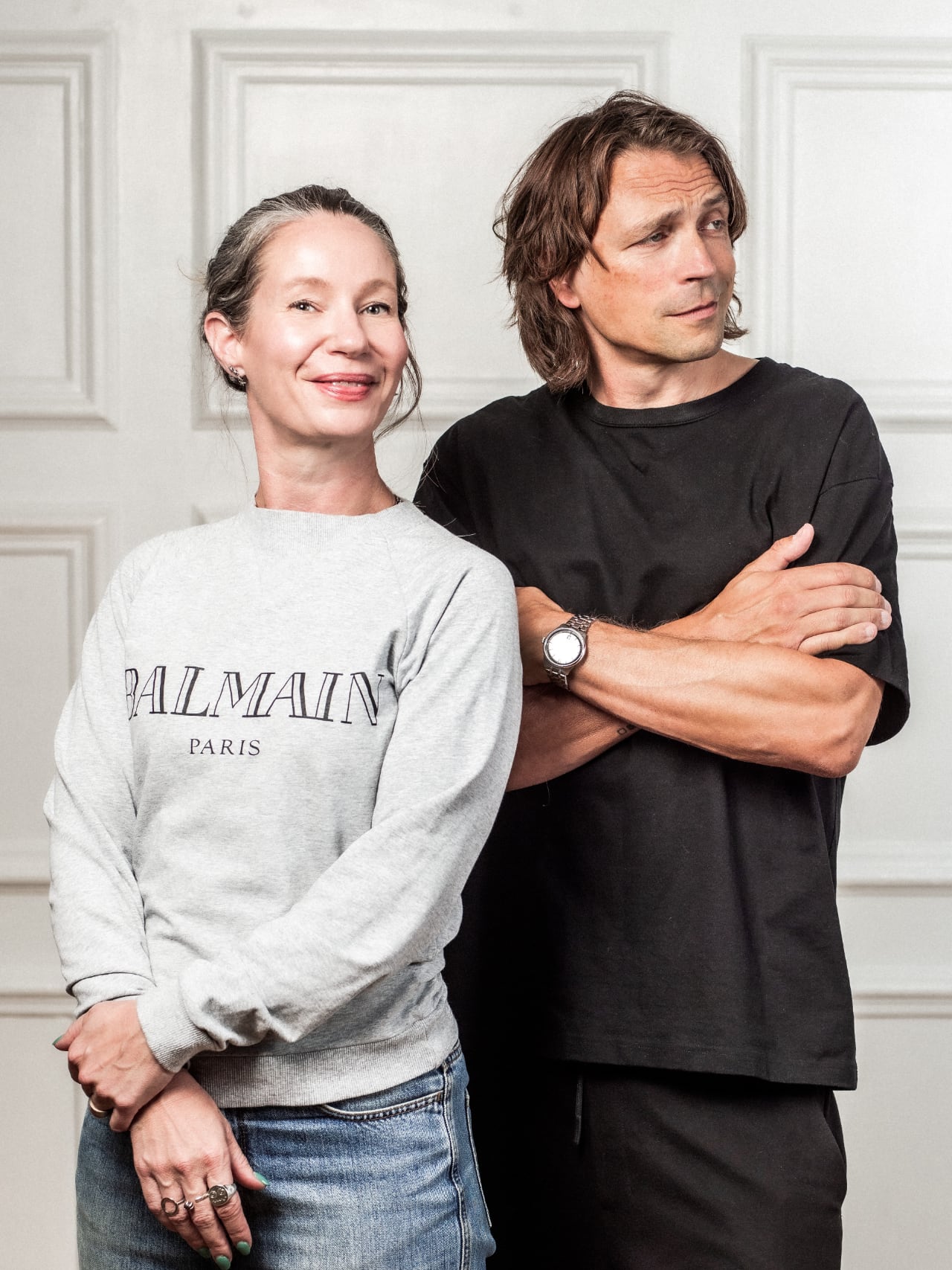
Can you briefly describe The Mix?
Jenny: We are a full-service creative agency – a gig economy hub of consultants and freelancers – from art directors and copywriters to motion designers, 3D artists and production managers, and many more. Our core business operation – the development of the agency and its integration with The Absolut Group – is strategically driven and managed by Josephine Li in her role as Chief of Studio, while me and PJ, as a creative director duo, are accountable for the creativity and quality of the work that we produce. Having worked on both the agency side and in-house, I’d say that The Mix is a combination of the two – in many ways, it’s perfect mix.
Can you give a brief overview of your careers?
PJ: We have both been active in the advertising industry since the early 2000s but first met around 2006 at an agency where we became a creative team. We worked together for about 12 years at the agency, the last five of which as partners. Subsequently, we were recruited as a creative director duo by Spotify to work on its Soundtrap initiative before we transitioned to Absolut to get more out of our creativity.
Can you describe your roles and working relationship?
Jenny: PJ and I are primarily accountable for the creativity and quality of the work that emerges from The Mix. We have always shared the same high-level work ethic and, importantly, humour – and lots of it. We have so much fun and are always laughing, even when things aren’t going quite as we hoped. We also know our strengths and weaknesses. I can come up with 10,000 ideas in 10 minutes and want to run with all of them. PJ is more strategic. I joke that he is like the fictional character, Professor Kalkyl, going really deep and making lots of diagrams! But seriously, he can decipher the better ideas and then refine them.
I can come up with 10,000 ideas in 10 minutes and want to run with all of them. PJ is more strategic.
Jenny
Where do your best ideas come from?
PJ: We foster a creative environment free from ego and have bi-weekly meetings we call WIPs (work-in-progress) for creatives where the teams show their ideas, sketches and concepts. This approach not only provides an opportunity for everyone to see what’s cooking but it strengthens the team as people can contribute to projects even if they aren’t part of the project group. We have also a weekly team ‘touch base’ meeting. Jenny and I book a time slot in a room for around 50 minutes once a week and just wait for creatives to turn up to show us what they are working on. So far, there has never been a slot where nobody has popped in for at least a few minutes to ask a question or look for feedback.
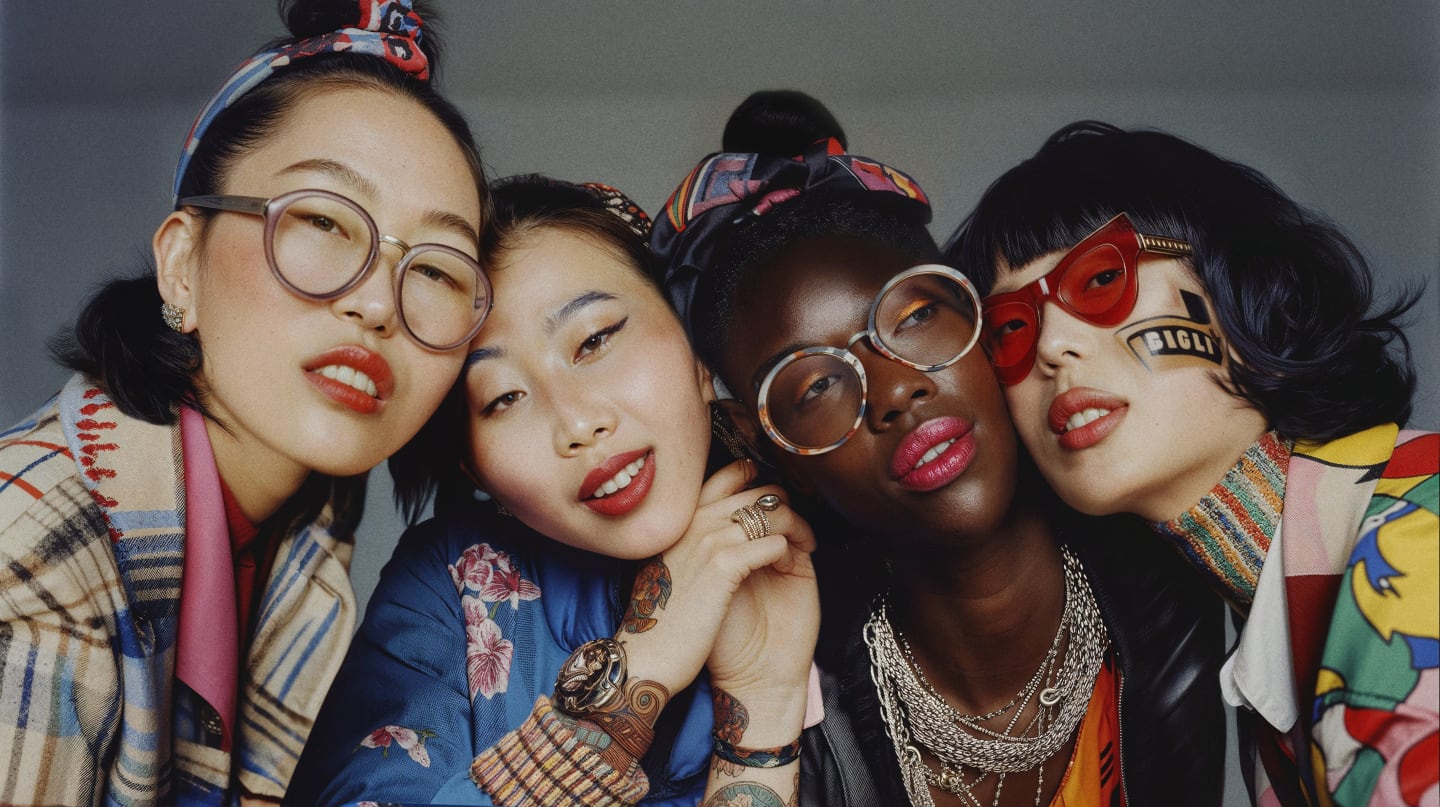
How do you approach a brief and what is your creative process?
Jenny: We have established a creative process that aligns with our client’s needs, categorising projects into Gold, Silver and Bronze priority levels to match TAG’s terminology. We consider which people are best suited to the brief – and because we are not confined to the traditional agency structure, this flexibility is a significant benefit. This ‘unfair advantage’ allows us to maximise creative output by drawing on talent from outside the industry. Usually, we start with one to three creative directions that the client approves. Then the whole team takes on the challenge of developing, enhancing and creating a masterpiece.
Does being an in-house agency hinder or enhance your creativity working with another partner?
PJ: We’re structured as a gig economy setup with consultants, which essentially means we can theoretically work with any brand or partner. The advantage of our business model is that we can seamlessly collaborate with other parties. Absolut works with some superb agencies that are experts within their field – and we can work and help each other, without fighting over budgets. For example, in our recent Absolut Warhol campaign, we worked extremely closely with both the Warhol Foundation and external experts in PR, design, motion graphics, and in-store activations.
How do you balance creative freedom with client pragmatism working in-house?
Jenny: It is a balancing act. Neither pure creative freedom nor strict client pragmatism is beneficial on its own. We always trying to challenge the creative process so we don’t fall into corporate internal truths of “this always works and this never works”. Such internal truths should never become limitations. However, as we are not structured like a traditional in-house agency, where colleagues or clients are required to assign certain projects to us, we can remain agile and proactive. Our goal is always to break new ground and dare to challenge the status quo.
We foster a creative environment free from ego
PJ
How does a brand stand at the forefront of social issues, without falling foul of controversy?
PJ: We are always driven by consumer insights; it is super important. The Absolut brand has core values that everybody knows of – and you must always stay true to those values and what a brand stands for. That is not to say that you shouldn’t ‘push your chin out’ because you cannot afford to be vanilla anymore. We pushed our chin out a little with our collaboration with Copy Lab; it was true to the mission of Absolut and put a stake in the ground.
Do you think AI will replace or reduce the need for human creativity?
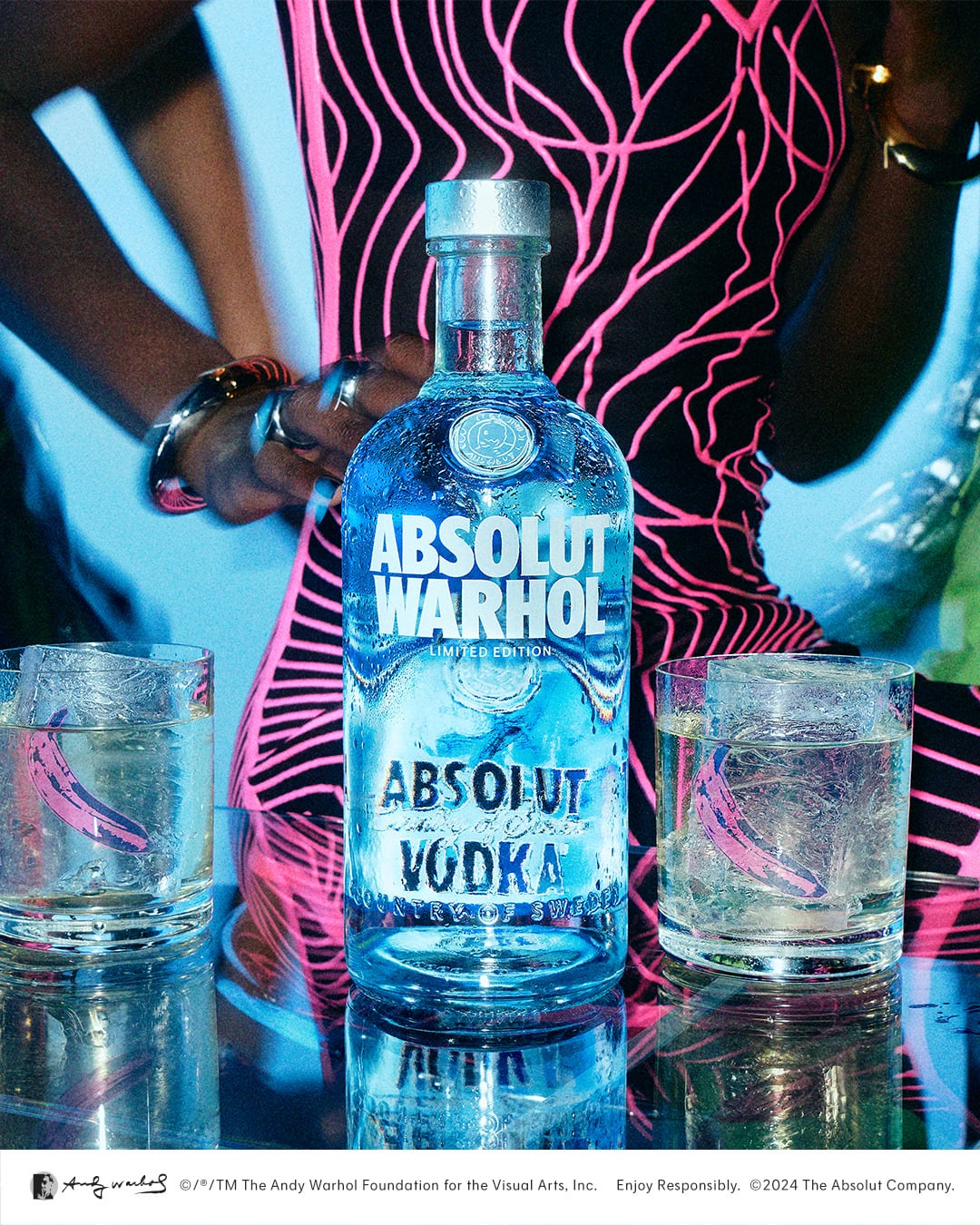
Jenny: We make the most of AI’s potential in our work every day, where it supports creativity as a tool rather than replacing it. It’s good to remember that things tend to go in cycles and people naturally change their minds – that’s why we have trends. Right now, it’s fascinating to see what AI can create, and it will certainly influence how we communicate for a while. However, we believe that this massive democratisation of creation will fundamentally change how we consume information. The real challenge will be finding new ways to reach consumers when their feeds are saturated with artificial images and videos.
What has been your favourite initiative with a TAG and why?
PJ: One of my favourite initiatives has been Absolut Intelligence, which focuses on creating bias-free images using AI. I was just browsing one day and came across a post from Copy Lab that said that it was going to publish a fashion magazine made by AI. This got us thinking. Humans have always tried to be more inclusive and more diverse but they haven’t always succeeded, so why would we expect AI to do it any better? After all, AI systems are trained on biased data, which not only perpetuates but also amplifies existing inequalities. I phoned Copy Lab to arrange a coffee meeting and it led to Absolut Intelligence. There was no brief, we just had this idea of creating bias-free images using AI in collaboration with Copy Lab and ran with it, pitching it to the Absolut leadership team. It was a compelling pitch because it tackles a significant public problem by redefining what creativity means in a more inclusive world.
Jenny: I would also highlight the Warhol campaign, which like Copy Lab was developed with thought leadership and close collaboration with a client who had immense trust in the creative process. Tad Greenough, Absolut’s Monica Ljungbeck and Debasree Dasgupta paved the way for these creative ideas. In such a large organisation, it is crucial to have confidence in your colleagues’ professionalism and the rationale behind certain decisions. Too many conflicting opinions can easily dilute a sharp idea into something mundane and ordinary. In both of these campaigns, the core concept was preserved for the consumer, and that is what makes them so impactful.
